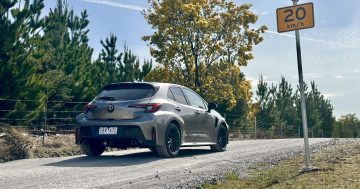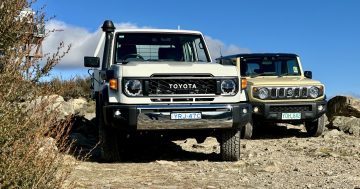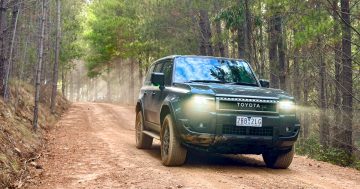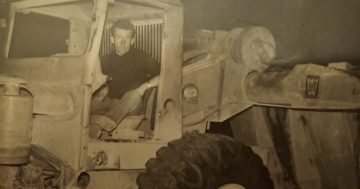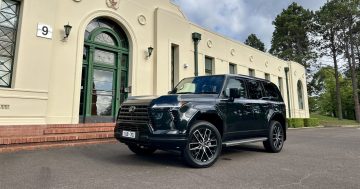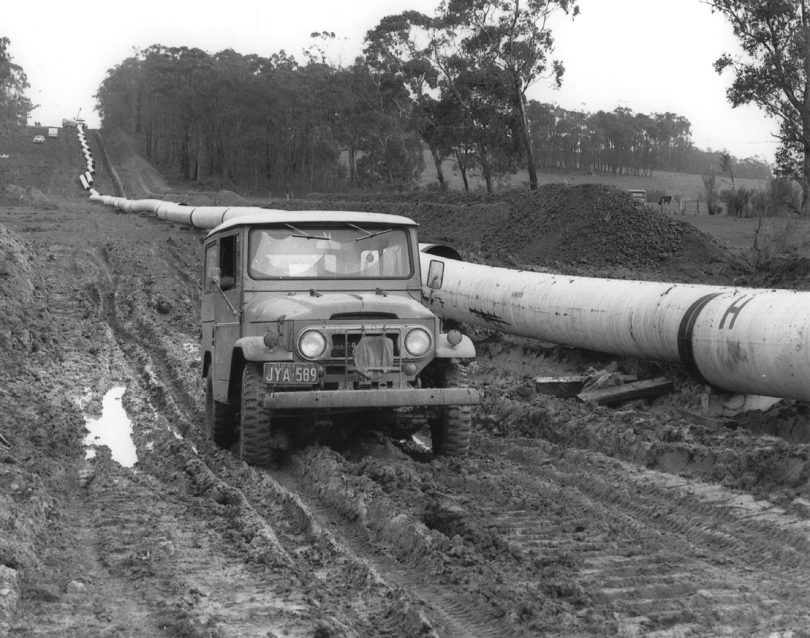
Toyota LandCruiser was instrumental in the building of the Bass Strait-Melbourne gas pipeline (pictured) and Snowy Mountains Hydro Scheme. Photo: Toyota Australia.
It has been described as one of the civil engineering wonders of the modern world.
Nine power stations, 16 dams, 80 kilometres of aqueducts and 145 kilometres of tunnels were blasted, bored and carved into the rugged Snowy Mountains to supply hydroelectricity to the south-east of Australia and life-giving water to the farms west of the Great Dividing Range.
The Snowy Mountain Scheme started in 1949 and took 100,000 workers more than 25 years to complete. It stands as the most complex hydro-scheme in the world.
But at the coal face, on the ground floor, clambering up the muddy trails getting the workers to where they needed to be, you’d find the Toyota LandCruiser.
It’s a car woven into Australia’s unique and largely flannel fabric, alongside the threads of the original Holden and the V8 Supercars.
The mining company that won the contract needed a car that was cheap, rugged and dependable. The existing Land Rover Defender was all of those things, but the British factory was struggling to keep up with demand.
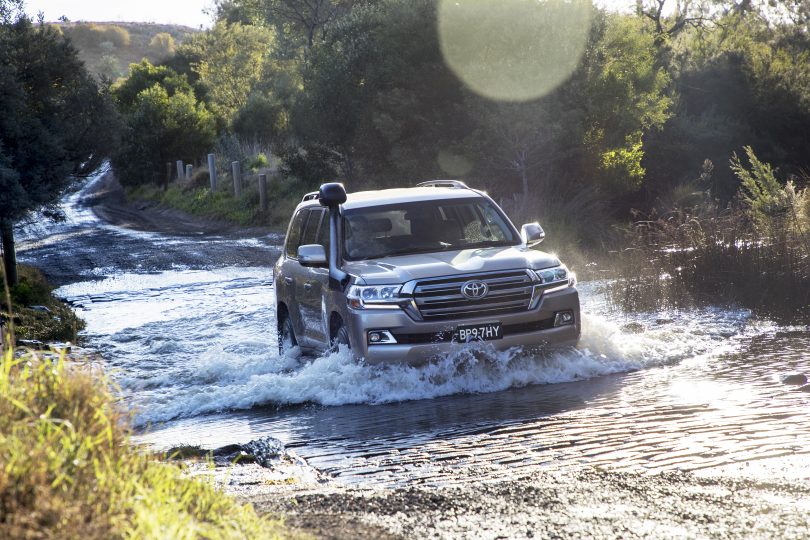
A Toyota LandCruiser 200 Series GXL, with the optional snorkel going for a wade. Photo: Toyota Australia.
Meanwhile, over in Japan, a test driver had just taken a new military-style four-wheel-drive prototype vehicle more than 2,000 metres up the side of Mount Fuji. This was higher than anyone had thought possible.
It was a dream come true for Toyota Motor Corporation founder Kiichiro Toyoda who was determined to produce something that could go anywhere and was cheap to buy and run. The Toyota BJ hit all the nails on the head and it was soon carrying the Toyota badge into countries around the world. It earned the ‘LandCruiser’ badge in 1954.
Australia’s first customer was Sir Leslie Thiess, the construction magnate in charge of Snowy Hydro. Thiess later landed the job of importing all Toyotas into Australia.
Like all the other four-wheel-drives, the initial LandCruisers did suffer some issues in the extreme conditions, but it was Toyota’s response that set the company apart from its rivals.
Engineers were flown out of Japan to live on site and study and rectify the problems at their source. They also flew out parts and sent the broken bits back to the boffins in Japan for analysis.
Canberra Toyota Dealer Principal Mirko Milic says that it made such an impression that the LandCruiser remained the undisputed ‘king off the road’ even after clocking off at Snowy Hydro.
“Even today, if you go out into the bush, you’ll struggle to get parts for anything other than a Landcruiser. It has been very, very popular,” Mirko says.
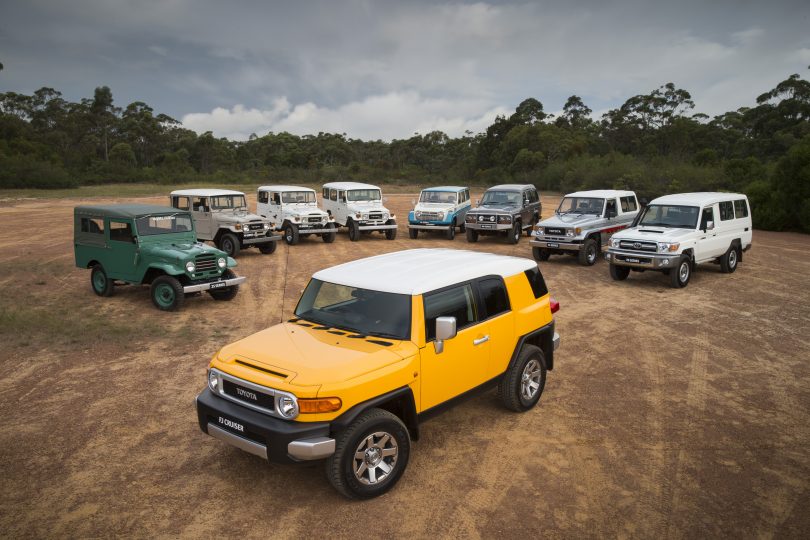
Toyota LandCruiser through the ages, with the retro-style FJ Cruiser in the foreground. The 70-Series is on the right. Photo: Toyota Australia.
Australia continues to lead the world in LandCruiser sales, with well over a million sold to date across the seven generations.
COVID-19 might have had a devastating impact on the overall new-vehicle market, but not for the LandCruiser, it seems. In 2020, it broke all previous records with 15,078 sales. Such was the demand, used LandCruisers were often selling for more than new ones.
You’ll find them getting around on zinc and copper mines some 1600 metres underground and herding cattle across vast ranches of 8000 square kilometres. Others are towing caravans the size of cruise ships on the highway, while many are resigned to a more peaceful life in the suburbs as family cars.
But it’s always ready to get its wheels dirty, even as the levels of technology and comfort have risen markedly. Today’s versions include the LandCruiser Prado and back-to-basics 70 Series. And if you’re wondering where the standard version is, that’s about to arrive.
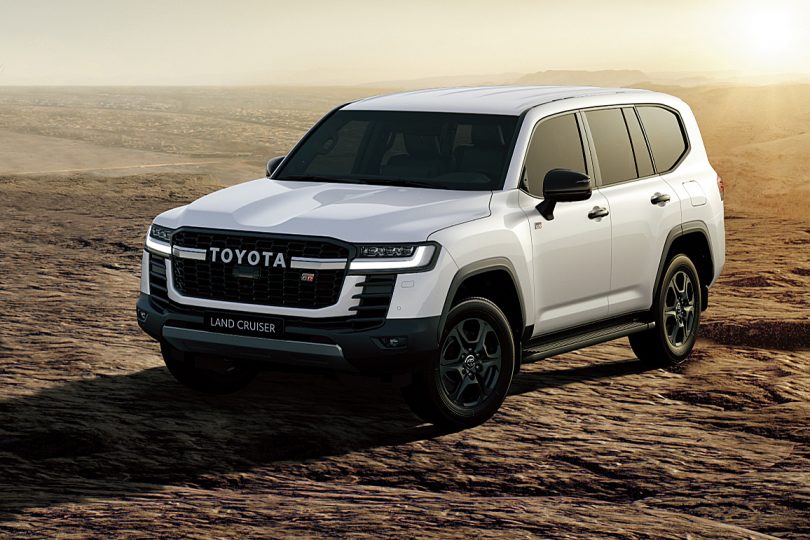
The new 300 Series LandCruiser adds a GR Sport model. Photo: Toyota Australia.
Production of the LandCruiser came to a standstill over August and September due to COVID-19 restrictions across Southeast Asia, but Mirko says the all-new 300 Series will be available for test drives in local dealerships from mid-October or as soon as lockdown lifts.
The headline is that the diesel V8 engine is no more, instead replaced by a more emission-friendly 3.3-litre V6. But don’t think it’s going soft because a GR Sport model will sit at the top of the range. Toyota is also working on a version of this to compete in the gruelling Dakar Rally.
Pricing will start from $99,458 for the base GX model and rise to $152,036 for the Sahara ZX.
But it’s not quite ‘job done’ for the current 200 Series yet, because 60 years on and history is repeating itself.
‘Snowy Hydro 2.0’ was announced in 2018 as a $2 billion expansion of the existing scheme. Construction is now underway, and there are no surprises for guessing the main form of worker transport.
Yep, it’s the Toyota LandCruiser again.
To find out more, visit Canberra Toyota.
Original Article published by James Coleman on The RiotACT.








